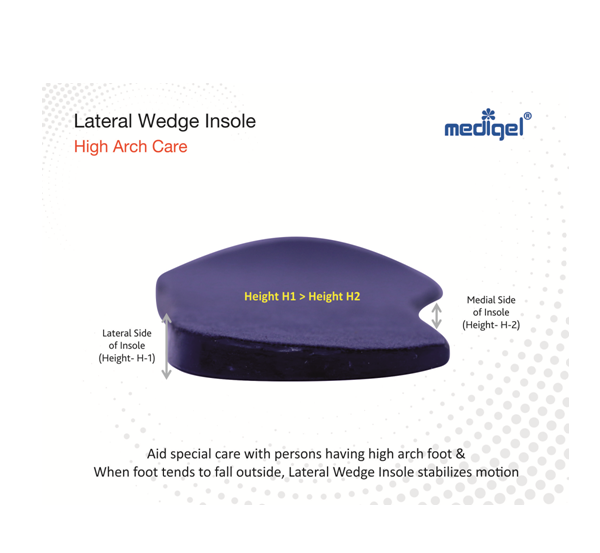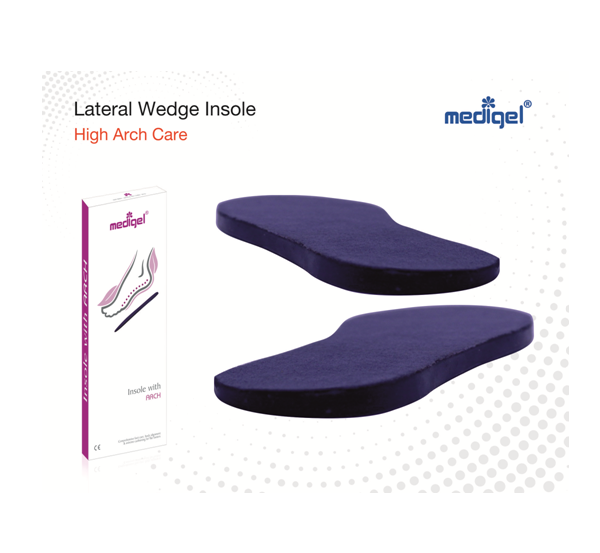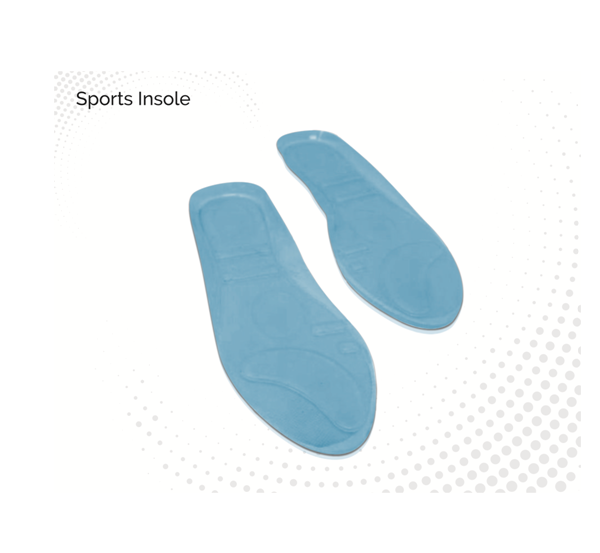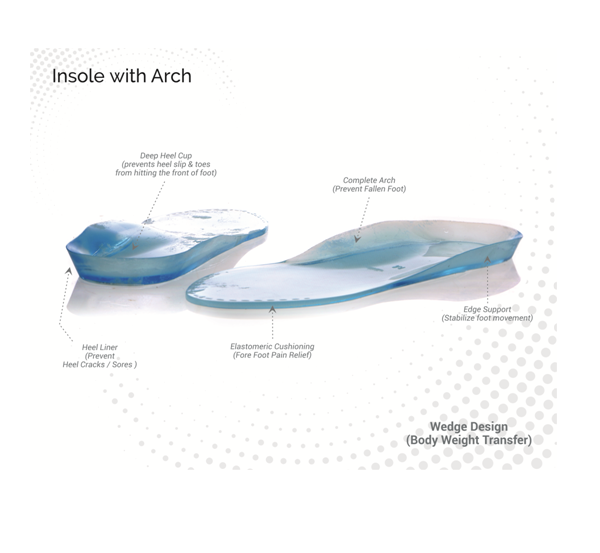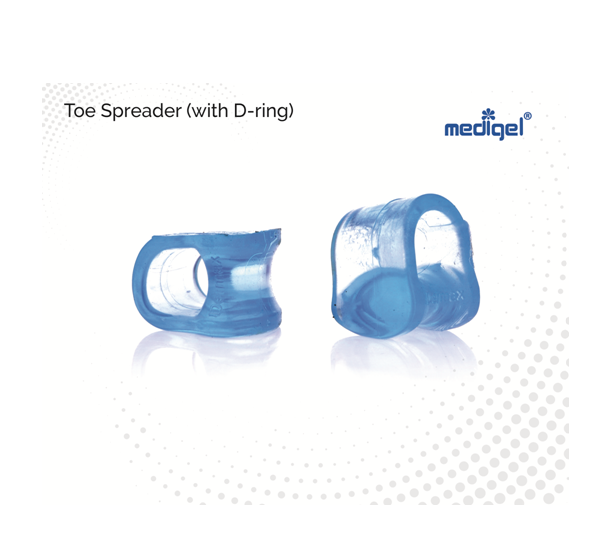Flat Feet


Flat feet refer to a state in which arch falls on the ground in standing or walking positions. It could be progressive and rigid while in some cases, it could be running in families too. Visit Arch Care for more details.
Arch is the shock absorption region of the foot which needs to be sturdy as well as flexible to adapt to various surfaces and stresses. The tendons linking ankle to lower leg and supporting the process of transferring of body weight from heel area to fore foot by distributing evenly. It requires adequate movement of tendon and proper flexing of foot, if disrupted lead to fallen arches or flat feet either painful while in some cases, it is painless. There would loss of neutral pronation leading to misalignment of body causing bodyweight to transverse from feet to spine.
Progressive arch pain is a symptom observed in numerous cases including direct injury to mid or hind foot, ligament sprain, muscle strains, poor alignment due to ill fit shoes; lack of tightness in the joints of foot and; injury to plantar fascia. Flat feet could be one of causative factor that may lead to progressive arch pain going upto back pain.
The likelihood of occurrence of Adult Flat foot can be attributed towards following risk factors: Obesity (extra pressure on feet and knees); Diabetes (neuropathy of foot might led to ignorance of injury); Getting older (aging) – weakening of tendons and ligaments; Pregnancy (hormonal changes and extra pressure on foot); Rheumatoid arthritis-weakening of joints; Polio; Laxity in Ligament; Continuous Shoe Wear; Foot or ankle injury (post-traumatic stress) and; posterior tibial tendon tear or dysfunction etc.
The falling arch might led to a significant contribution towards Achilles tendinitis; Arthritis in the ankle(s) or feet; Bunions; Hammertoes; Plantar fasciitis; Posterior tibial tendinitis and; Shin splints.
Flat feet were less common in children who had grown up wearing sandals or slippers than among those who had worn closed-toe shoes without any specific arch support,joints while standing, walking or running.A prophylactic treatment with foot orthoses in youth with progressing flat foot can prevent aggravation of medical conditions prevailing with knee, hip and spine conditions in future. Adult Flat Foot is actually can be treated as a lifestyle state in which condition stays and person need specific customized footwear to realign the body. Arches develop in infancy, develops fully based on lifestyle, especially terrain walking (4-6yrs). There are some of the proteolytic enzymes known that acts on tendons and cause arches to fall. Remember till the foot is growing, flattening of feet is curable. Orthoses used required to be worn whole life. Download the manual to select right combination of products to achieve best outcome.
There are number of variants to the flat foot problems, namely Rigid Flat Foot is a condition where the sole of the foot is rigidly flat even when a person is not standing, often indicates a significant problem in the bones of the affected feet, and can cause pain in about a quarter of those affected. There are some cases wherein two or more bones in the midfoot or hindfoot abnormally joined refereed as Tarsal Coalition while extra bone on the inner side of the foot is an accessory navicular. All these are required to be treated at teen age only.
Presently an estimate state that 20-30% of population might be suffering from one or the other type of flattening of feet. It could be congenital defect (non-developed arches in infants); state of tarsal coalition during teen age or other predisposition factors in adulthood that might lead to flattening of feet.
Once a person is suffering from either of flat feet (progressive or rigid), it has been observed that their feet tire easily; sometimes inside bottom of the feet becomes swollen; foot movement becomes extremely difficult due to increased stiffness; progressive pain towards (inner side) ankle, arch, calf, lower leg, knees up to back. There would be an inward movement of foot while walking (inward pronation). The other indicators include wear& tear of inner side of heel of shoes with time. It is essential to understand that while in sitting position, it might appear that there is an arch which falls when one stands up.
This is performed by Wet foot print test in which foot is wetted by water or color system followed by stand on a plain levelled surface, the principle of analysis is more the foot is in contact with floor, more will be feet is already flattened. Kinked flatfoot is a state in which the entire inner edge of the footprint may actually bulge outward while in normal to high arch cases, this part of the sole of the foot does not make contact with the ground at all.
Child begins to walk oddly or clumsily, for example on the outer edges of the feet, or to limp, during long walks; get easily fatigue during walks; calf muscle pains or any other pains around the foot area is normally reported. Consult orthopedic specialist or general physician for confirmed diagnoses of the state.
An infant born without minimal arch that develops within first 10 years of earlier child growth, thus some may have flat feet because of a developmental fault during childhood, while others may find that the problem develops as they age, or after pregnancy. The progressive flat feet observed in case of childhood is referred as adolescent / flexible flat foot. This is one of the important health concern, however remained unnoticed as not accompanied by pain/ don’t interfere in playing and walking. However, this is the right state wherein orthotic interventions (relieve the pressure from the arch) can prevent the impending problem leading to disability in adulthood. It is essential for parents to become caution to kindly observe the feet of their child and also notice that whether it becoming flatter or not. The reasons attributed to increase in such incidences include ill-fitting flat shoes for schools, changes in lifestyle, decrease in exercise, loss of bare walking and lack of exercise of arch.
In some cases of flat feet, body aligns, generally no treatment is essential otherwise either extra-wide fitting or well-fitted shoes. Resting of foot is essential. Children born with fused bones require surgical intervention. Obese people are advised to lose their weight to improve the condition of patient. Use functional orthotics to prevent progressive flat feet.
It refers to various Arch, Insoles with arch, Sports Insoles, Heel with Arch which can support progressive flat foot by supporting progressively falling arches. If you are experiencing pain in your feet, ankle and lower limbs, feel feet rigid, heavy and un-widely and the preliminary diagnosis of possibility of progressive flat foot, one should be caution to start using functional orthotics. One can start with starter arch or arch with definitive size range to make your feel acquaint with this functional change. If you are also experiencing pain in heel, one will also use heel with arch. Sports insole should be used by high archers or to manage the stress caused by over-exercise. Insole with Arch with fabric aka high performance insole is available in various sizes for definitive supportive care to complete feet. If you have rigid flat foot already occurred, supportive shoes customised are recommended. Fitted insoles or orthotics (custom-designed arch supports) may relieve pressure from the arch and reduce pain if the patient's feet roll or over-pronate. The benefits of an orthotic only exist while it is being worn.
Download the manual and read it how to use combination of products to achieve best outcome:
Heel with arch has wedging along sides and for moderate cases of tendonitis, heel device load off the tendon tissue. It should be supported with wearing an ankle brace might help patients with posterior tibial tendinitis, until the inflammation comes down. The arch curve between heel and forefoot acts as pillar of strength & body weight distribution. Download the manual and read it how to use combination of products to achieve best outcome
20 to 30% prevalence rate of flat feet leads to hyperpronationof foot (inward movement of foot) while there is only 10% prevalence rate of occurrence of High Arch which leads to supination of foot (outward movement of foot). The high arch foot reduces ability to dorsiflex; lower limb stress fractures; metatarsal pain; lateral ankle instability and; difficult in wearing shoes was observed.
The normal gait cycle include striking of heel (shock absorption of foot) followed by neutral pronation with beginning of re-supination followed by toe off (propulsion) i.e., stabilizing first ray against ground. The flattening of foot (loss of arch) leads to shift towards abnormal gait as it leads to hyperpronation requires to be corrected by functional orthotics.
Medical treatment is applicable in cases wherein somebody is symptomatic with pain or if the flat foot condition is severe (a significant rolling inward of the foot and ankle during walking). Decreased sensation (diabetes), change in foot structure (osteoarthritis) and faulty mechanics (birth defects), doctor’s help is essential.




